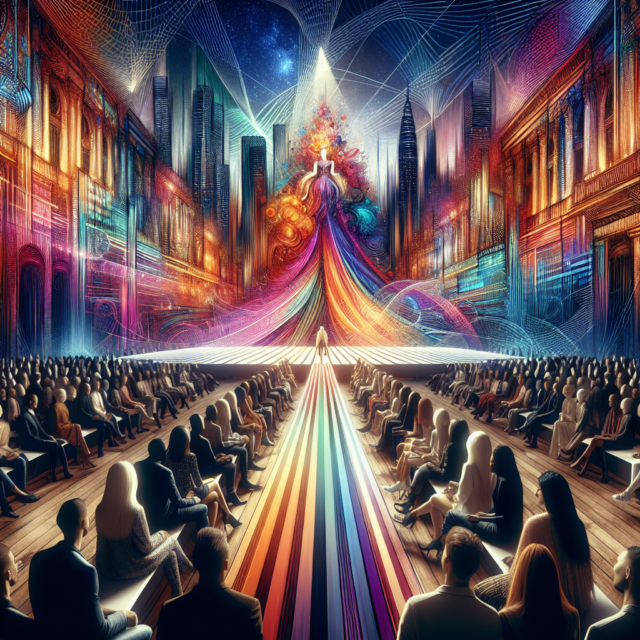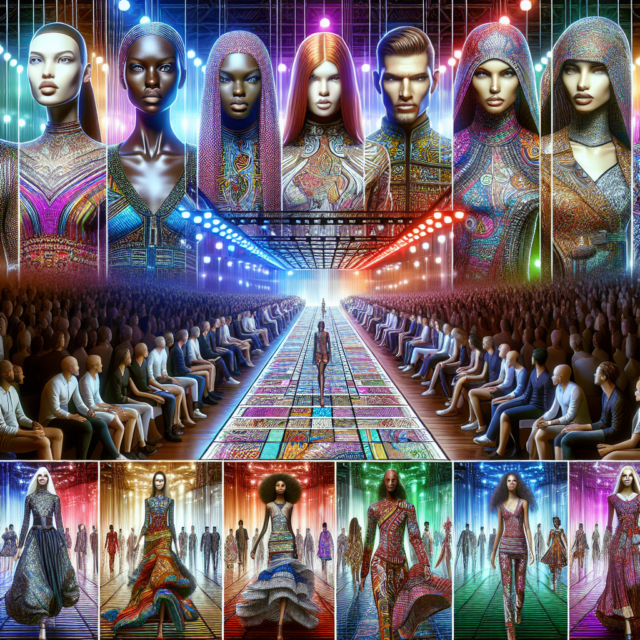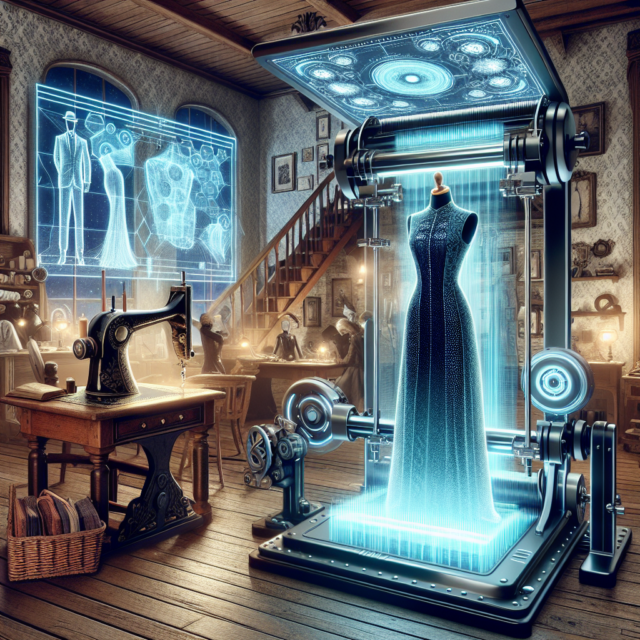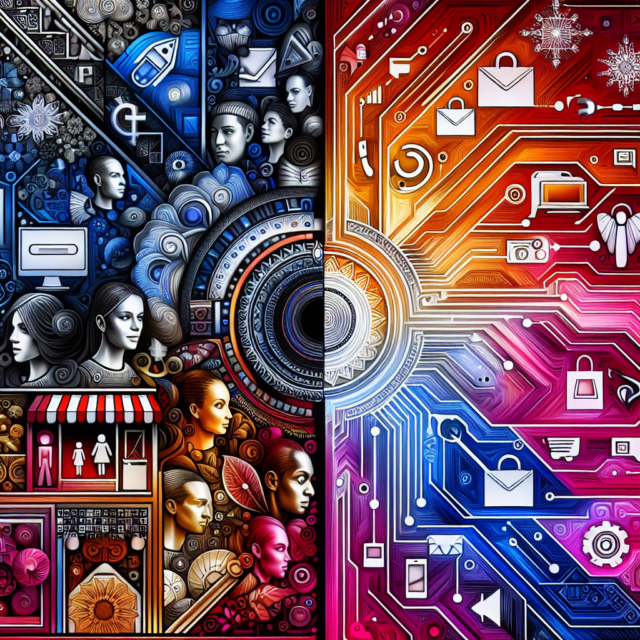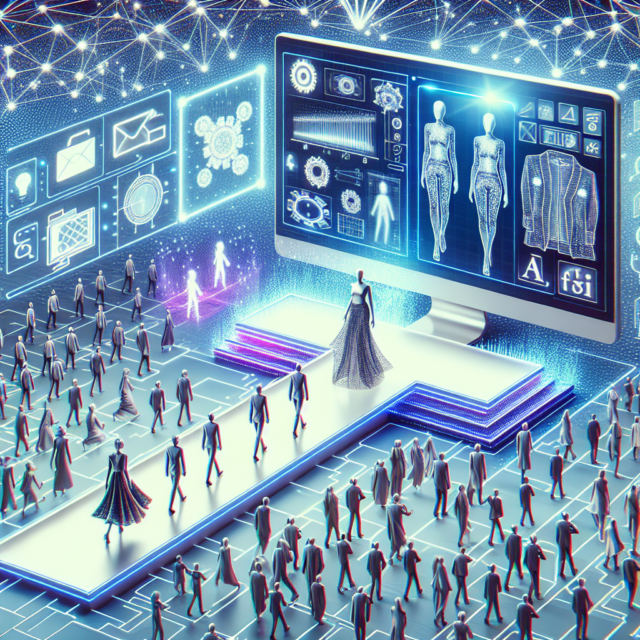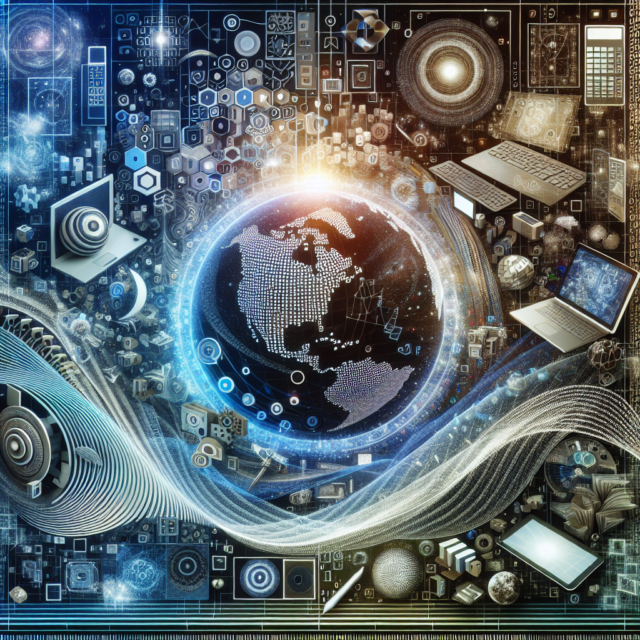Crafting Exclusive Luxury Brands in the Digital Age
In today’s fast-paced digital age, the landscape for luxury brands is rapidly evolving. The traditional notions of exclusivity and opulence are being redefined as brands navigate the expansive virtual world. This transformation presents both challenges and opportunities for luxury brands as they strive to maintain their aura of exclusivity while embracing digital innovation. This article delves into how luxury brands can successfully craft exclusive identities and build an unparalleled digital presence.
Navigating the Digital Landscape for Luxury Brands
The digital landscape offers luxury brands unprecedented opportunities to connect with a global audience. However, navigating this vast terrain requires a nuanced understanding of digital platforms and consumer behavior. Luxury brands must adapt to the digital age without compromising their core values of exclusivity and craftsmanship. This involves leveraging technology to enhance the customer experience while maintaining the brand’s heritage and prestige.
Digital platforms, from social media to e-commerce websites, provide luxury brands with new avenues for engagement. Social media, in particular, has become a powerful tool for storytelling, allowing brands to share their history, craftsmanship, and values with a broader audience. Through carefully curated content, luxury brands can create an aspirational lifestyle that resonates with consumers worldwide.
However, the digital realm also presents challenges, such as maintaining brand exclusivity amidst the democratizing nature of the internet. Luxury brands must strike a delicate balance between accessibility and exclusivity, ensuring that their digital presence does not dilute their brand image. This requires a strategic approach to digital marketing, where every touchpoint is meticulously crafted to reflect the brand’s values and identity.
Moreover, the rise of e-commerce has transformed the way consumers interact with luxury brands. While traditional brick-and-mortar stores offered a tangible experience of luxury, digital platforms must replicate this sense of exclusivity online. Brands can achieve this by offering personalized services, such as virtual consultations and bespoke products, that cater to the unique preferences of their clientele.
Data analytics plays a crucial role in navigating the digital landscape. By leveraging data, luxury brands can gain insights into consumer preferences, allowing them to tailor their offerings and marketing strategies accordingly. This data-driven approach enables brands to anticipate trends and stay ahead of the competition while maintaining their exclusive allure.
Finally, collaboration with digital influencers and thought leaders can amplify a luxury brand’s presence in the digital space. By partnering with individuals who embody the brand’s values and aesthetics, luxury brands can reach new audiences while reinforcing their identity. These collaborations should be carefully selected to ensure alignment with the brand’s ethos and image.
Crafting Unique Identities in a Digital World
In the digital age, crafting a unique identity is paramount for luxury brands seeking to stand out in a crowded marketplace. This begins with a deep understanding of the brand’s heritage and values, which form the foundation of its identity. Luxury brands must articulate these elements clearly and consistently across all digital platforms to create a cohesive brand narrative.
Storytelling is a powerful tool for crafting unique identities. By sharing the brand’s history, craftsmanship, and the stories behind its products, luxury brands can create an emotional connection with consumers. This narrative should be woven into every aspect of the brand’s digital presence, from social media posts to website design, to reinforce its identity and values.
Visual aesthetics play a crucial role in defining a luxury brand’s identity. In the digital realm, where first impressions are often based on visuals, luxury brands must invest in high-quality imagery and design that reflect their exclusivity and sophistication. This includes everything from the layout of the website to the style of photography used in marketing materials.
Personalization is another key aspect of crafting a unique identity. By offering customized experiences and products, luxury brands can cater to the individual preferences of their clientele, reinforcing their identity as providers of bespoke luxury. This level of personalization can be achieved through data analytics, which allows brands to understand and anticipate the needs of their customers.
Innovation is essential for maintaining a unique identity in a rapidly changing digital landscape. Luxury brands must embrace technological advancements to stay relevant while ensuring that these innovations align with their brand values. This could involve the use of virtual reality to create immersive brand experiences or the development of digital tools that enhance the customer journey.
Finally, transparency and authenticity are crucial for building trust and loyalty in the digital age. Luxury brands must be open about their sourcing, production processes, and sustainability efforts to resonate with modern consumers who value ethical practices. By being transparent and authentic, luxury brands can differentiate themselves from competitors and strengthen their unique identity.
Strategies for Building Exclusive Digital Presence
Building an exclusive digital presence requires a strategic approach that emphasizes quality over quantity. Luxury brands must focus on creating a curated digital experience that reflects their values and appeals to their target audience. This begins with a well-defined digital strategy that outlines the brand’s goals, target audience, and key messaging.
Content is king in the digital realm, and luxury brands must invest in high-quality content that showcases their craftsmanship and exclusivity. This includes visually stunning imagery, engaging videos, and compelling narratives that capture the essence of the brand. By consistently delivering top-tier content, luxury brands can establish themselves as leaders in their field.
Exclusivity can be further enhanced through limited-edition digital offerings. By releasing exclusive online collections or collaborations, luxury brands can create a sense of scarcity and urgency that appeals to their audience. These limited releases should be strategically timed and marketed to maximize their impact and reinforce the brand’s exclusivity.
Digital experiences should be seamless and intuitive, providing customers with a frictionless journey from discovery to purchase. Luxury brands must invest in cutting-edge technology to enhance the user experience, whether through a mobile-friendly website, augmented reality features, or personalized recommendations. These innovations should be aligned with the brand’s identity and values to ensure a cohesive digital presence.
Community building is another effective strategy for establishing an exclusive digital presence. Luxury brands can create private online communities or membership programs that offer exclusive content, events, and perks to their most loyal customers. By fostering a sense of belonging and exclusivity, brands can strengthen their relationship with their clientele and enhance their digital presence.
Finally, continuous monitoring and adaptation are crucial for maintaining an exclusive digital presence. Luxury brands must stay attuned to industry trends and consumer preferences, using data analytics to inform their strategies. By being agile and responsive, brands can ensure that their digital presence remains relevant and exclusive in an ever-evolving digital landscape.
Crafting exclusive luxury brands in the digital age is a complex yet rewarding endeavor. By navigating the digital landscape with care, crafting unique identities, and employing strategic approaches to building an exclusive digital presence, luxury brands can thrive in the modern era. As the digital realm continues to evolve, luxury brands must remain committed to innovation and authenticity, ensuring that their allure of exclusivity endures in the hearts and minds of consumers worldwide.








